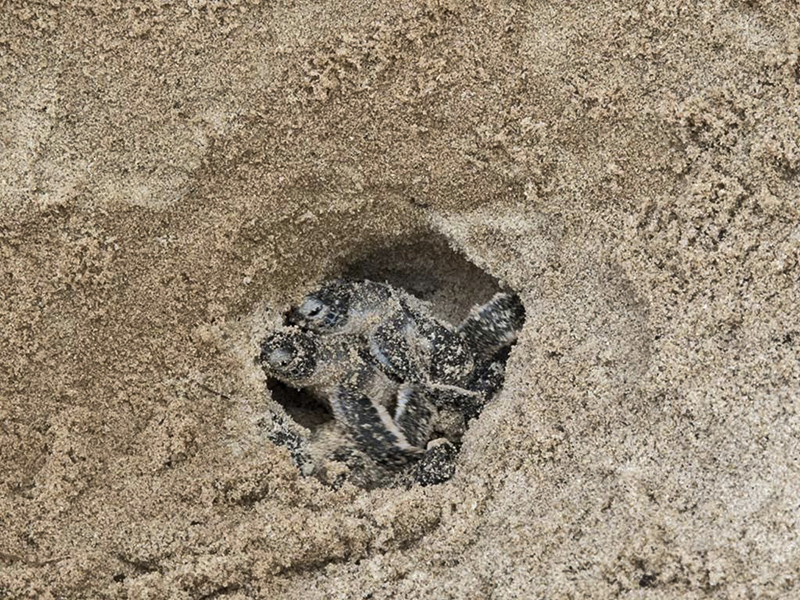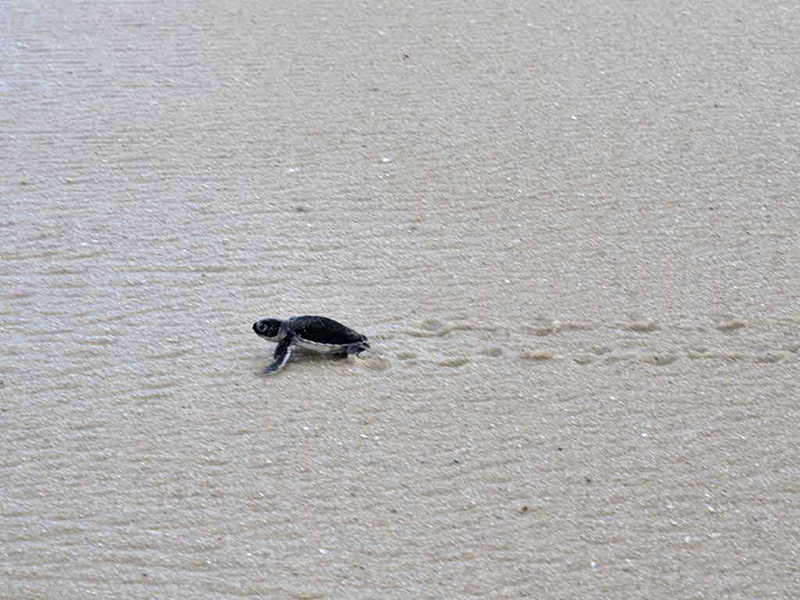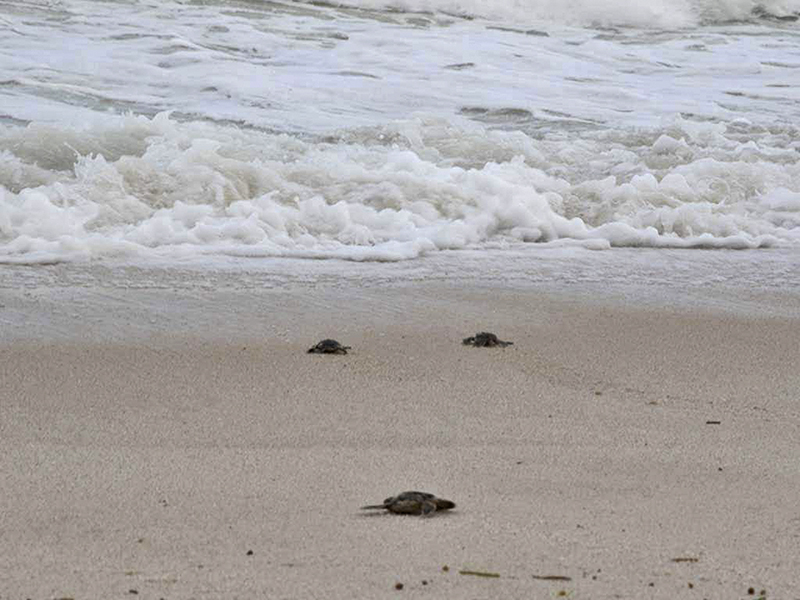Interview With: Neioo Wambua
Neioo Wambua
Volunteer Diani Turtle Watch Program
Experience: 5 Years

What made you decide to volunteer with the Diani Turtle Watch Program?
One day when I was walking on the beach and I found people digging in the sand, I found that they were digging for the turtle eggs so they could eat them.
When a turtle mother lays eggs, she lays many of them and for some people these eggs are an easy meal, but turtles are endangered. They are vulnerable to the fish in the sea, bird and crabs who eat them. Out of 100 eggs that hatch, 10 may survive to adult hood.
With all of these factors, I decided to volunteer my time to protect the turtles as much as I can from people, the birds and crabs when they are hatching, once they are in the ocean I have done all I can.
I want to help save the species otherwise next time we will not see turtles.
Tell me a bit more about the Turtles laying their eggs.

How do you know when a mother turtle has laid eggs?
So what do you do when you find the nest?
How do you move the eggs?

Why do you need to relocate the turtle nest?
How have you progressed since you started?
In 2013 when I began volunteering I protected 10 nests, in 2014 I improved and protected 36 nests. Now in 2017 I have 59 nests that I protect.
The Diani Turtle Watch is part of the Land and Life Foundation, to find out more about the foundation and the great work they are doing and how you can help, please click on the link https://landandlife.foundation/.

